Manus AI: The Autonomous Agent Redefining Artificial Intelligence
Innovation is the key differentiator in the rapidly evolving landscape of artificial intelligence (AI). While tech giants like OpenAI, Google, and Anthropic often dominate the headlines, a Chinese startup has quietly emerged, poised to reshape the global AI arena: Manus AI, developed by Butterfly Effect. Touted by many as "the world's first truly autonomous AI agent," Manus represents a significant leap forward in the quest for artificial general intelligence (AGI). But what sets Manus apart from its competitors, and how does it challenge established leaders? In this article, we delve into Manus's capabilities, architecture, and potential impact on the future of AI worldwide.
What Is Manus AI?
Derived from the Latin word for "hand," Manus is an AI generalist agent capable of transforming abstract thoughts into concrete actions. Unlike conventional chatbots or AI assistants that require continuous human prompting and supervision, Manus operates independently—initiating tasks, navigating the web, gathering information, and managing complex workflows with little to no human input.
A defining characteristic of Manus is its ability to adapt its response strategies in real time. This is not merely a predictive model that outputs pre-programmed answers; instead, it is an intelligent system equipped with strategic autonomy, able to dynamically adjust its approach based on live information collected from the digital environment.
How Manus Works: Multi-Agent Architecture and Asynchronous Operation
Manus' standout feature lies in its multi-agent architecture. Rather than relying on a single monolithic neural network, as seen in most mainstream AI models, Manus intelligently breaks tasks into smaller components and assigns them to specialised sub-agents. Each sub-agent is fine-tuned to execute specific parts of the workflow, ensuring enhanced efficiency and precision. This occurs seamlessly within a unified system, relieving users of the need to integrate multiple AI tools manually.
Equally important is its cloud-based asynchronous operation. Unlike typical AI assistants that require continuous engagement and prompt-response cycles, Manus functions quietly in the background. It autonomously carries out tasks and alerts users only when results are ready. This workflow is designed to streamline productivity, allowing users to delegate responsibilities with confidence that Manus will independently handle the process from start to finish without the need for intervention.
Real-World Use Cases: Manus in Action
Manus' official demonstrations illustrate its wide-ranging applications and how it surpasses existing agents. Some of the standout examples include:
- Advanced Data Analysis: Manus can perform in-depth evaluations of stock performance, such as providing visual dashboards for companies like Tesla. It also conducts market research and comparative analyses, such as assessing insurance products.
- Personalised Education: It can create tailored presentations and educational content, adjusting the material based on the learner's profile and objectives.
- Travel Planning: Manus analyses weather, safety data, rental prices, and user preferences to craft detailed, fully personalised travel itineraries and guides.
- E-commerce Optimisation: For online retailers, Manus processes sales data from platforms like Amazon and proposes strategies to enhance commercial performance.
These real-world examples illustrate how Manus is not merely reactive—it is proactive. It conducts research, organises information, and delivers ready-to-implement solutions with minimal human guidance, ensuring maximum efficiency.
Manus vs OpenAI and DeepSeek: The General AI Race
The most striking claim made by Manus' developers is that it outperforms OpenAI's Deep Research model in the GAIA Benchmark—a widely respected metric for evaluating generalist AI agents. Surpassing such a powerful model signals Manus's capacity to disrupt the status quo.
Historically, models like Deep Research and OpenAI’s GPT-4 have been considered the gold standard in advanced reasoning and autonomy. Yet, Manus’s greater efficiency, lower operational costs, and modular architecture make it a desirable alternative, particularly in industries that demand complex, customised workflows.
Moreover, Chinese models such as DeepSeek-R1 have already proven their capability to deliver advanced reasoning at a fraction of the cost compared to their Western counterparts. Manus's emergence further accelerates this shift towards more affordable, robust, and scalable AI solutions—escalating the competition in the global AI landscape significantly.
Geopolitical Context and Manus' Controversies
Unsurprisingly, Manus's rapid ascent has not been free of scrutiny. Various experts and analysts from the United States have voiced scepticism, questioning the opacity surrounding the project’s funding, access restrictions, and the underlying technology. Some critics have gone so far as to allege that the Butterfly Effect may have leveraged knowledge derived from OpenAI's models to train its agent.
This unfolds against the intensifying technological rivalry between China and the United States. Both nations have enacted stringent restrictions on exchanging critical technologies such as semiconductors and AI software. Manus, representing a significant breakthrough in autonomous AI capabilities, has only heightened this ongoing competition.
Manus AI: Pioneering the Next Frontier in Autonomous Intelligence
Setting aside geopolitical tensions, Manus epitomises a broader trend in artificial intelligence development: the move towards agents capable not only of interpreting human input but also of autonomously executing actions. The vision of an internet where machines generate, distribute, and consume content—independent of human intervention—is fast becoming a reality.
The practical implications are vast for businesses and organisations. Manus' capacity to autonomously manage tasks allows companies to offload routine, time-consuming processes, freeing up human resources for strategic decision-making. Whether streamlining administrative duties, performing data-driven market analyses, or even managing supply chains, Manus' modular, autonomous framework offers unprecedented scalability and flexibility.
Manus AI is not merely another AI assistant; it is a fully autonomous agent embodying the future trajectory of artificial intelligence. Its multi-agent architecture, asynchronous operation, and ability to adapt in real time position it as a formidable contender in the quest for AGI.
While concerns surrounding transparency and geopolitical impact persist, Manus represents a pivotal advancement in AI development. As the industry continues to evolve rapidly, Manus serves as a clear indicator that the era of autonomous, proactive AI agents is no longer a distant vision—it is already here, actively reshaping how we interact with technology at every level of society and business.
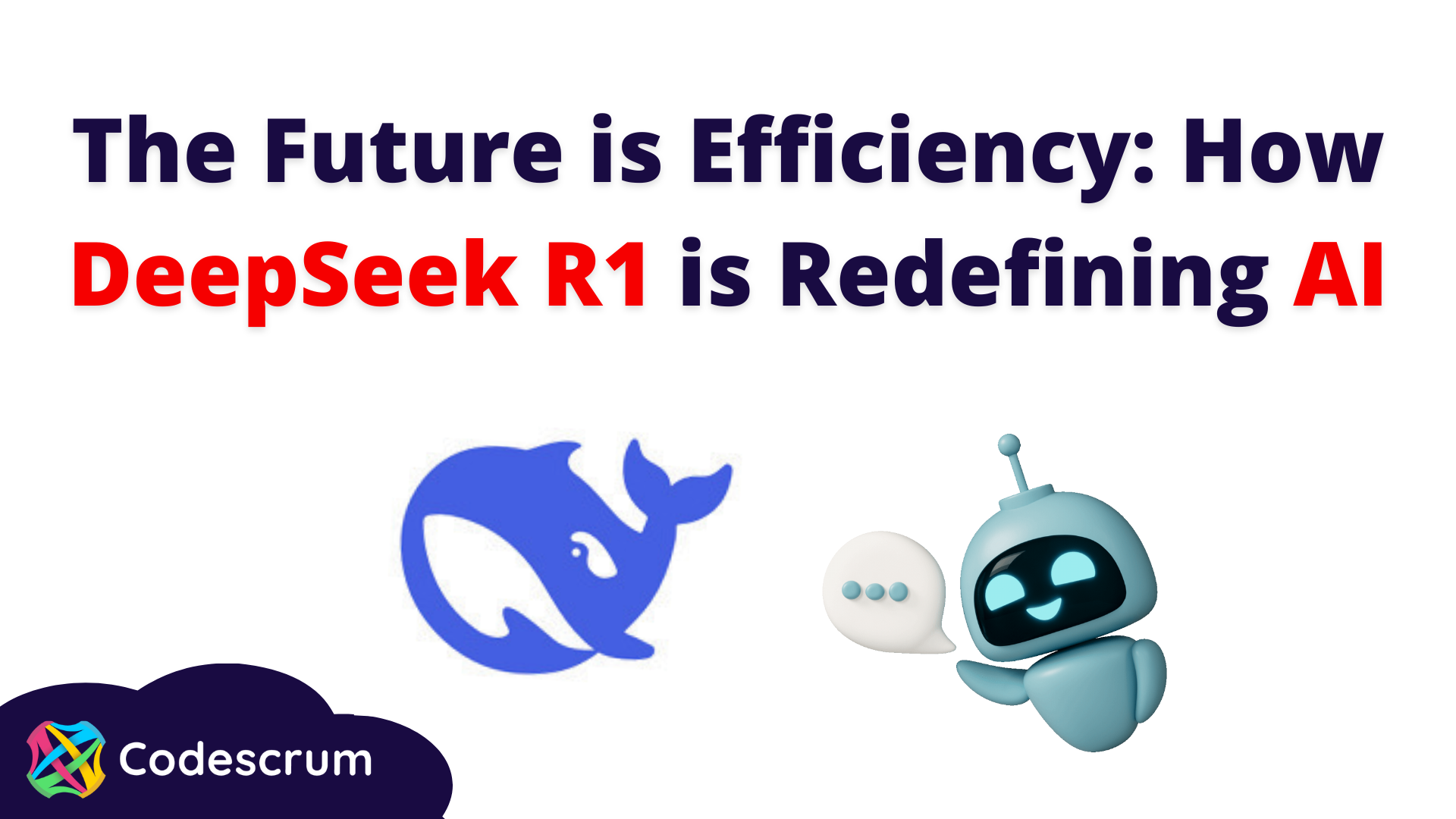


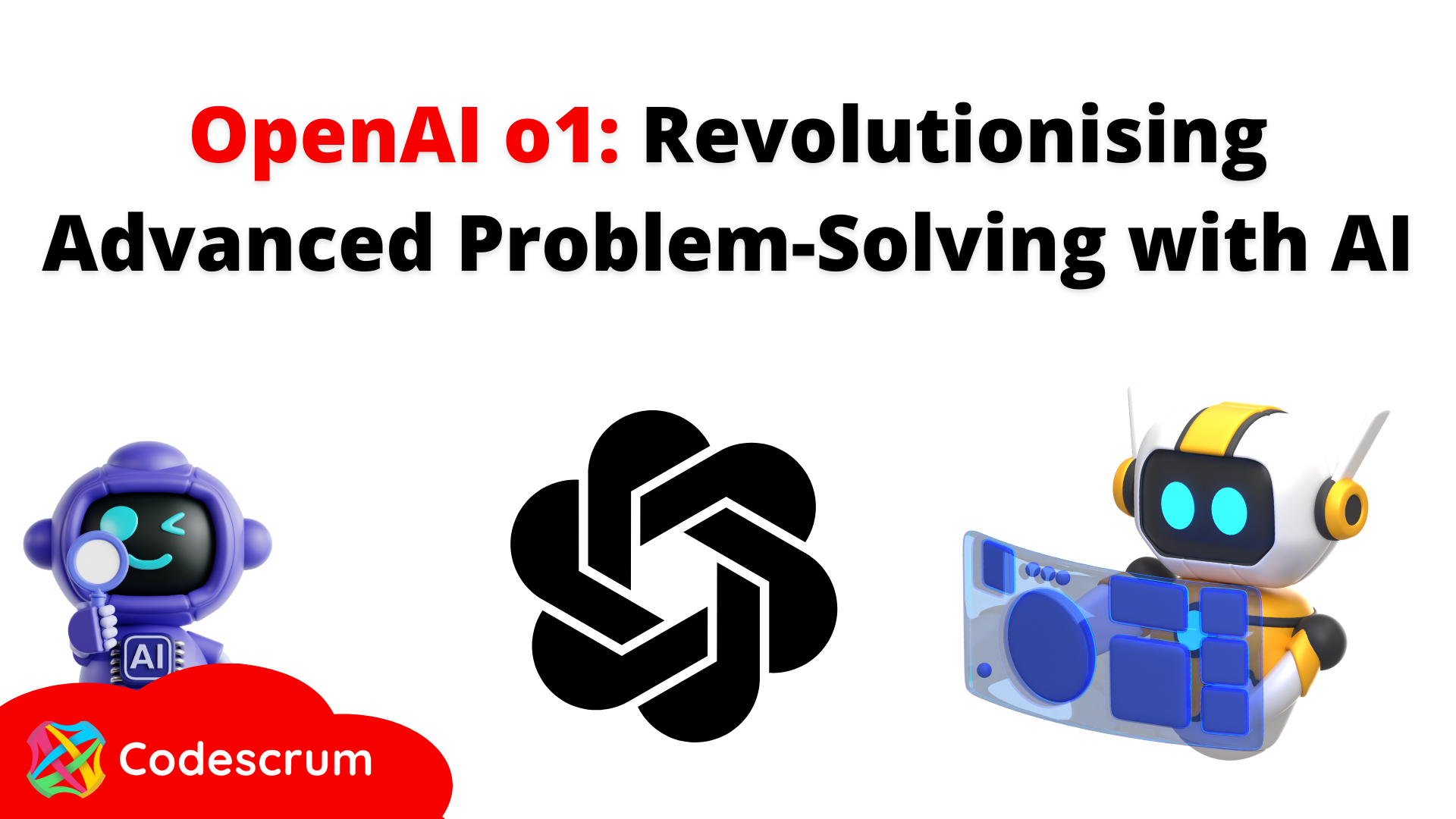
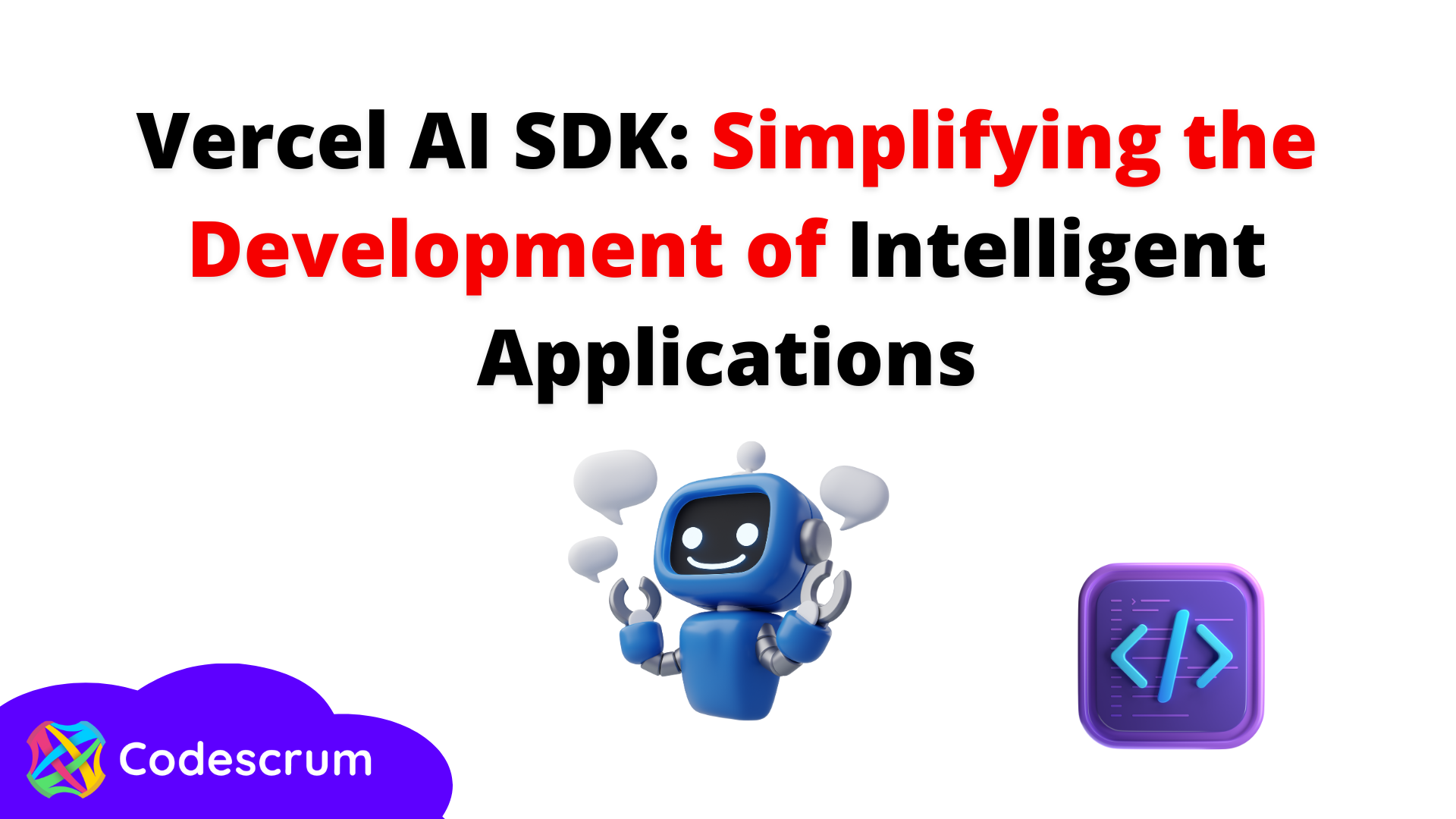
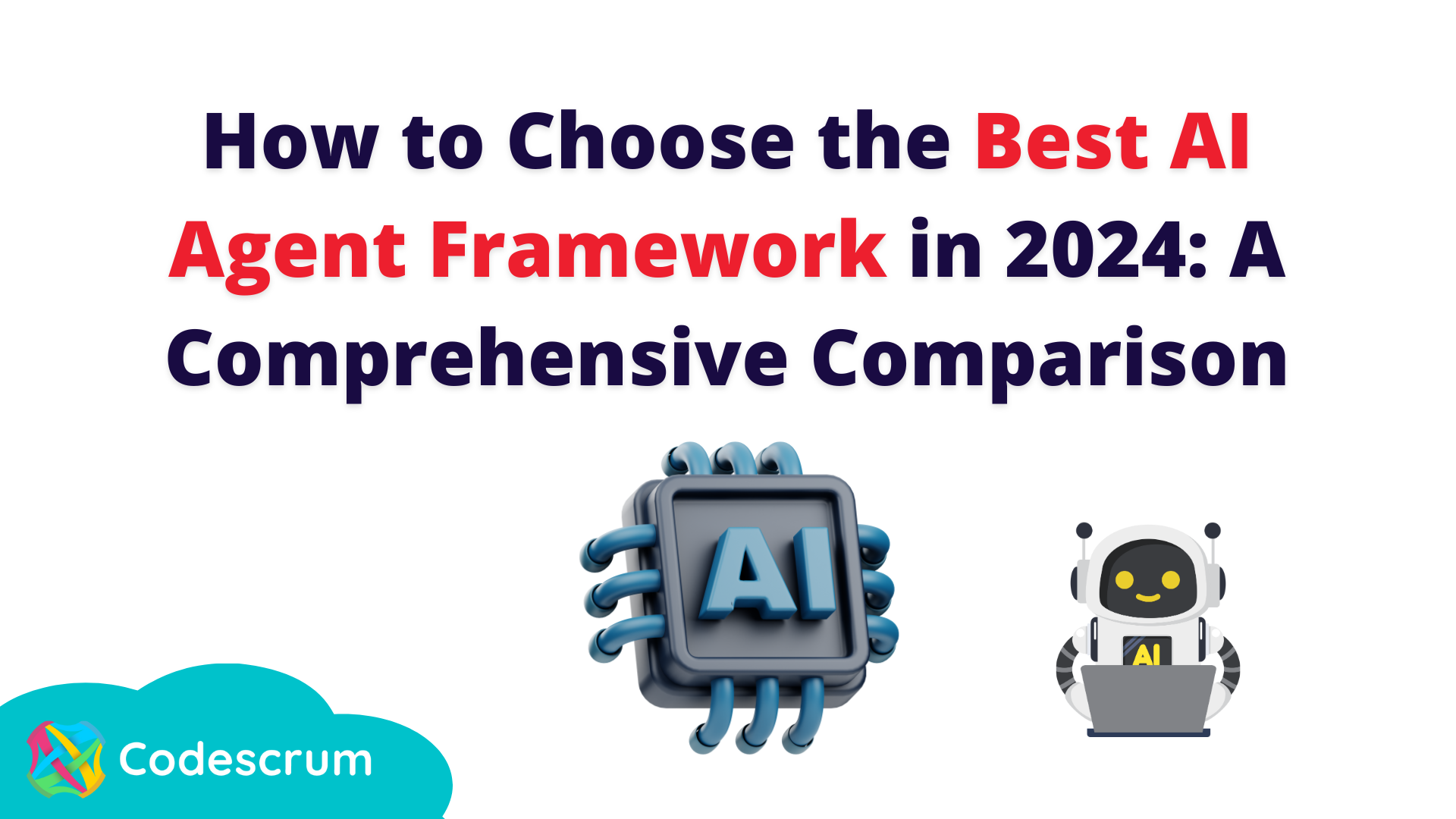
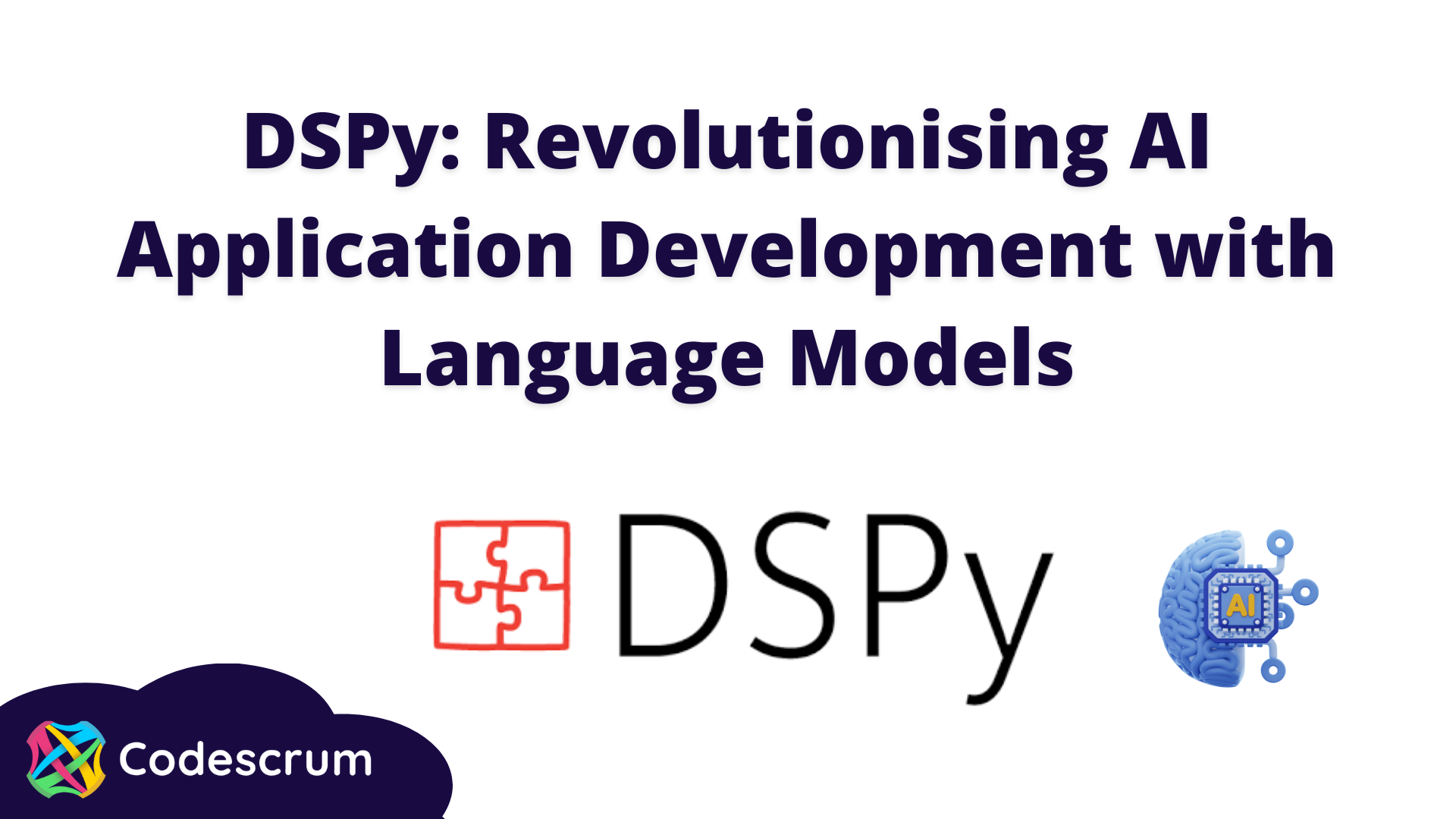
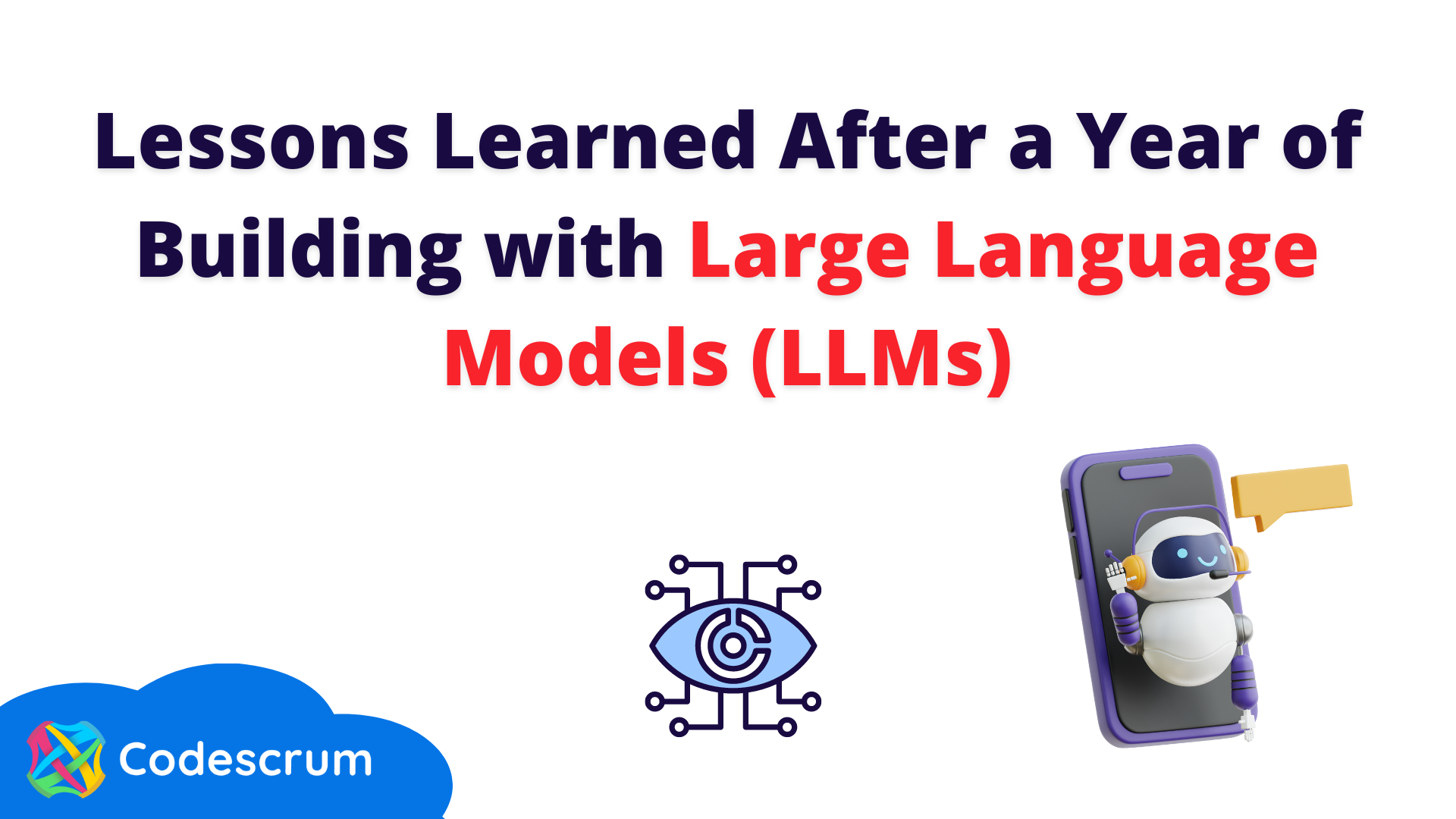
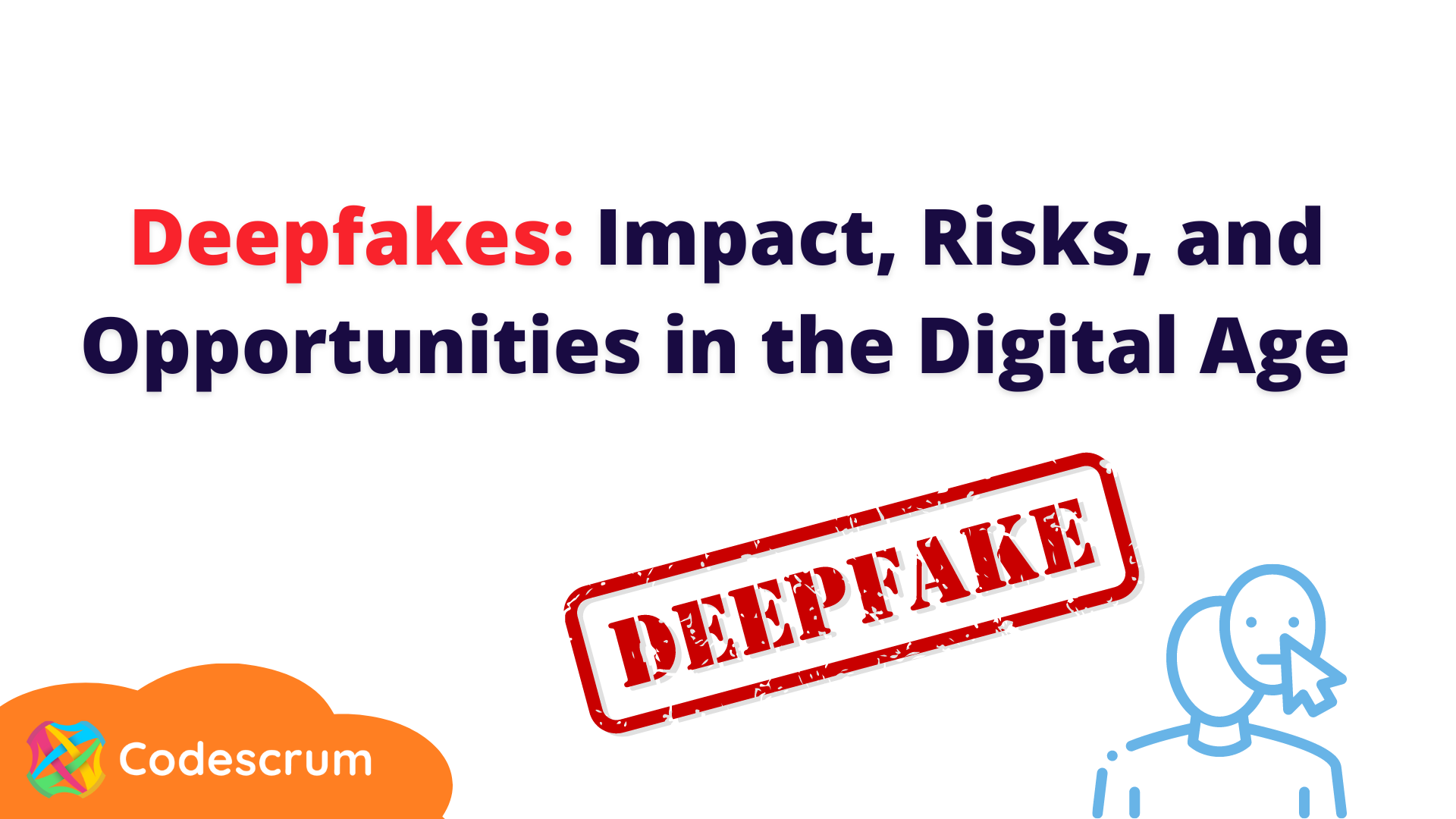
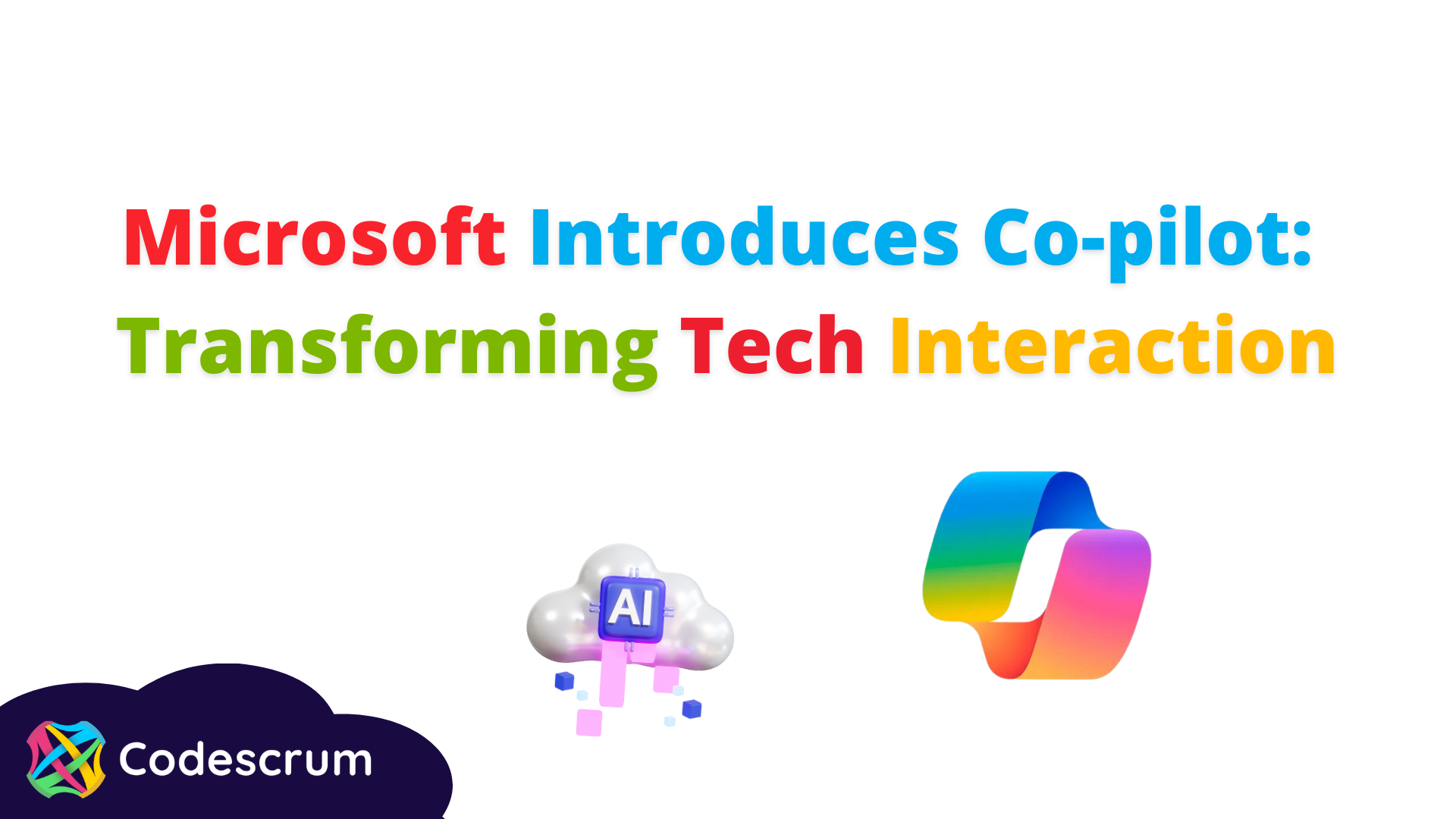
CODESCRUM

ABOUT US
EMPOWER YOUR BUSINESS THROUGH GREAT SOFTWARE SOLUTIONS
Codescrum is a team of talented people who enjoy building software that makes the unthinkable possible.
We want to work for a better world that we can help create by making software that delivers impact beyond expectations.
SERVICES
- WEB DEVELOPMENT
- MOBILE DEVELOPMENT
- AI CHAT BOT development
- consulting & advisory
CONTACT US
LONDON
ADDRESS
- KINGS PLACE, 90 YORK WAY. LONDON N1 9AG
CLOSEST TUBE STATIONS
- KING'S CROSS STATION
Ⓒ CODESCRUM LTD 2011 - PRESENT, ALL RIGHTS RESERVED


